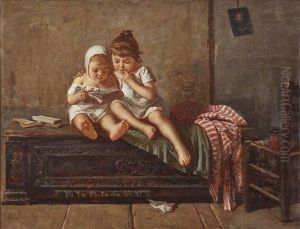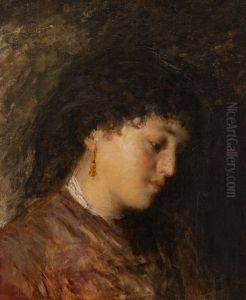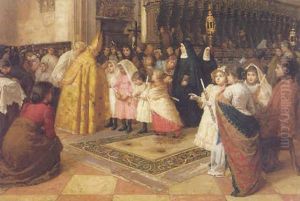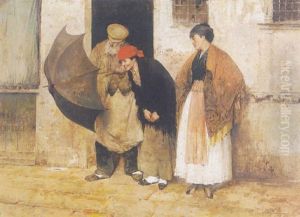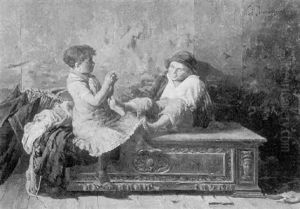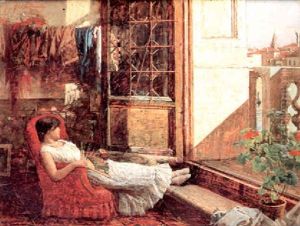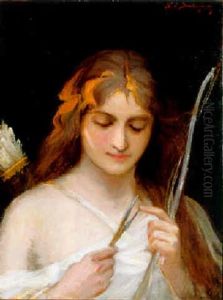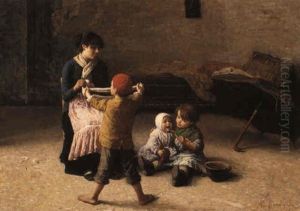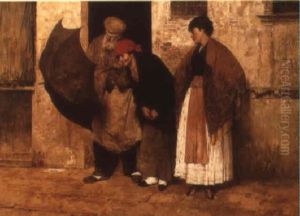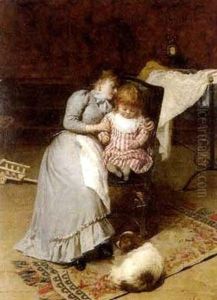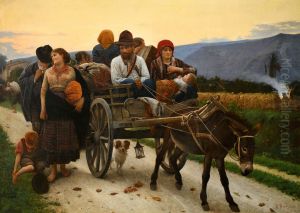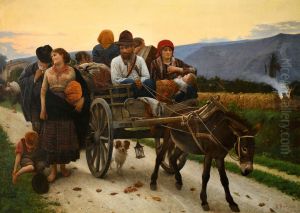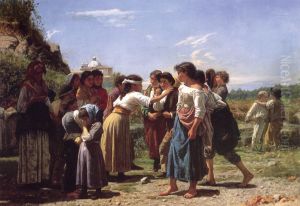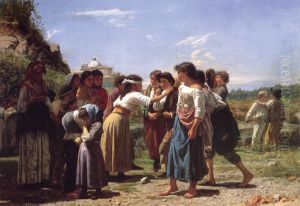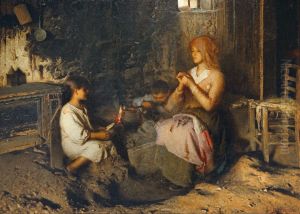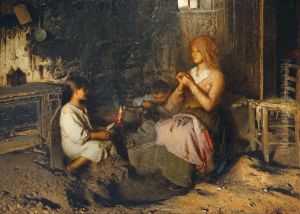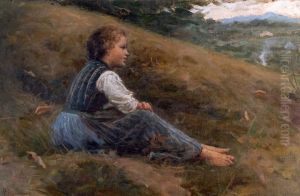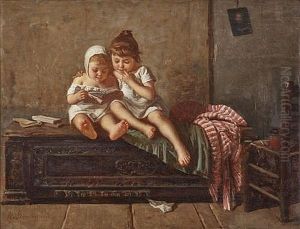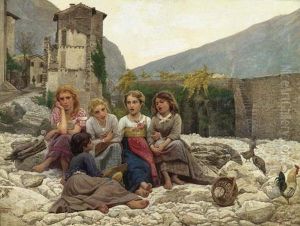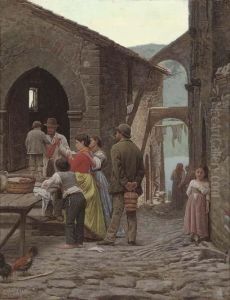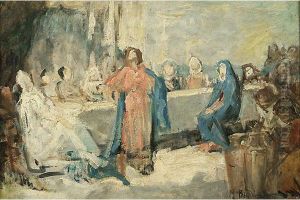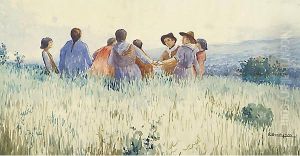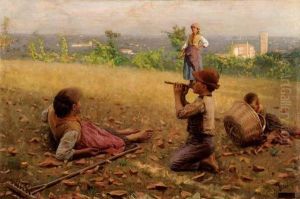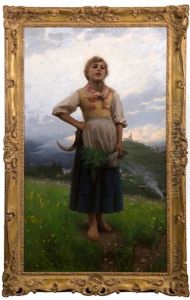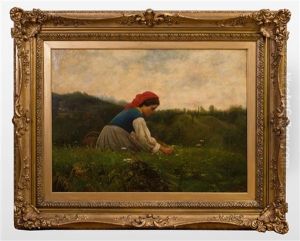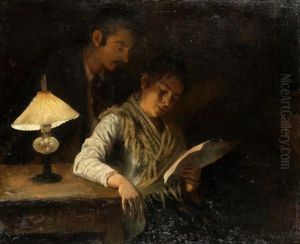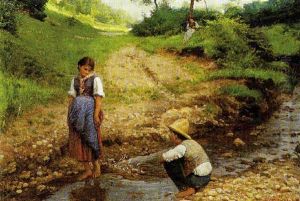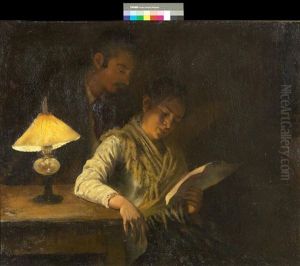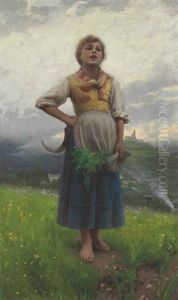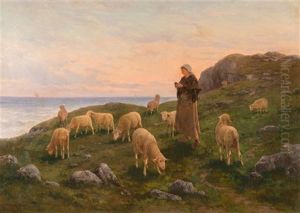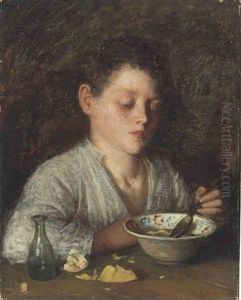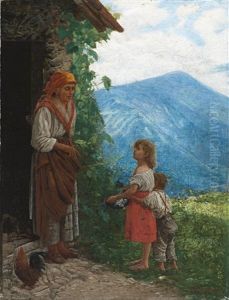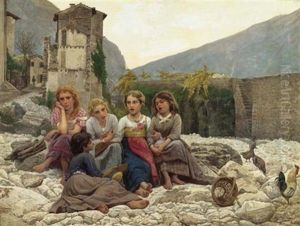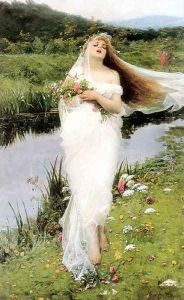Noe Bordignon Paintings
Noè Bordignon was an Italian painter, born on July 28, 1841, in Schio, a town in the province of Vicenza, Veneto region. His artistic journey began under the guidance of his father, who was also a painter. Bordignon's early exposure to art led him to further his education and training at the Academy of Fine Arts in Venice, where he studied under the tutelage of renowned artists such as Pompeo Marino Molmenti and Michelangelo Grigoletti.
Noè Bordignon's work was deeply influenced by the Italian tradition, and he is best known for his historical and genre paintings. His style was characterized by a mixture of Romanticism and the emerging Realism, capturing both the emotional drama of the former and the everyday life scenes typical of the latter. Bordignon's paintings often featured patriotic and historical subjects, reflecting the spirit of the Risorgimento, the movement for Italian unification that was gaining momentum during his lifetime.
Throughout his career, Bordignon participated in various exhibitions, receiving accolades for his contributions to Italian art. His works were exhibited in major Italian cities such as Milan, Turin, and Florence, as well as internationally, which helped him gain a reputation beyond his native country. Bordignon was not only a prolific painter but also a dedicated teacher, influencing a generation of artists through his position at the academy.
Noè Bordignon's legacy continued after his death on August 15, 1920, in Padua. Today, his works can be found in numerous art collections and museums across Italy and serve as a testament to his skill and dedication to the art world. Bordignon's contribution to the canon of Italian painting from the 19th century is significant, and his works continue to be studied and appreciated for their historical value and artistic merit.
